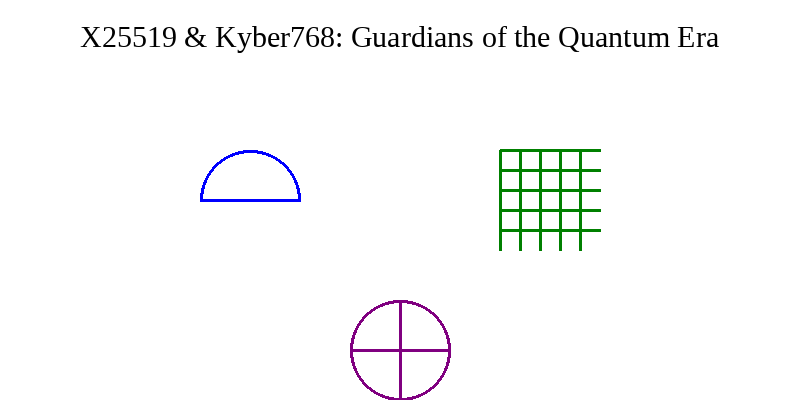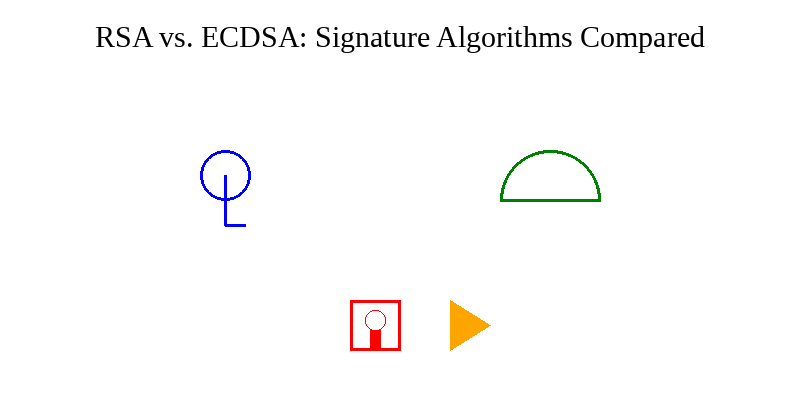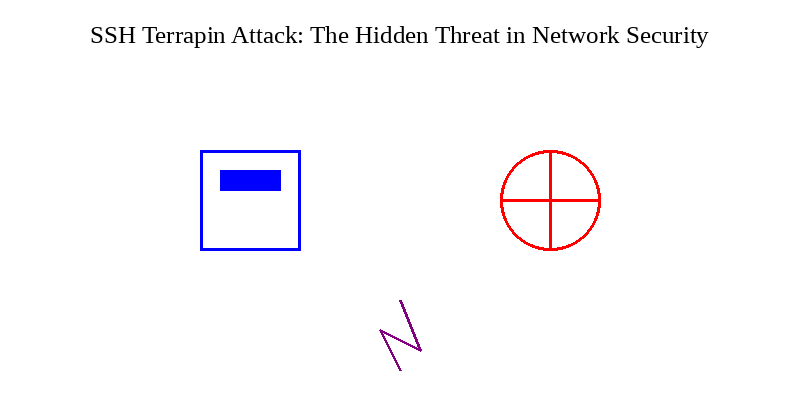As the quantum computing era looms, the cryptography world is pivoting towards algorithms that can withstand the unprecedented computational power of quantum computers. This is the domain of post-quantum cryptography, where X25519 and Kyber768 emerge as critical players.
The Quantum Threat: A New Challenge for Cryptography 🌌
Quantum computers, with their ability to solve complex mathematical problems exponentially faster than classical computers, pose a significant threat to current cryptographic standards. This includes breaking widely used algorithms like RSA and ECC (Elliptic Curve Cryptography), leading to a scenario often termed as “harvest now, decrypt later.” In this scenario, adversaries could collect encrypted data transmitted today and decrypt it in the future using quantum computers, jeopardizing data confidentiality retroactively.
X25519: A Step Ahead in Efficiency and Security 🔐
X25519, an elliptic curve Diffie-Hellman (ECDH) key exchange algorithm, is acclaimed for its efficiency and robust security. Despite its relatively short key lengths, X25519 ensures a high security level, balancing computational speed with communication efficacy. This makes X25519 an excellent choice for secure communications, especially in protocols like TLS 1.3, where agility and security are paramount.
Kyber768: Quantum-Resistant Lattice-Based Cryptography 🛡️
Kyber768 stands out as a lattice-based key encapsulation mechanism, part of the esteemed PQCrystals project. Its design, based on Module LWE+R with the base ring Z [x]/ (3329, x^256+1), positions it as a formidable defense against quantum computational attacks. Lattice-based cryptography is renowned for its quantum resistance, making Kyber768 a top contender in the post-quantum cryptography landscape.
Hybrid TLS 1.3 Key Exchange: Combining X25519 and Kyber768 for Enhanced Security 🚀
In response to the quantum threat, hybrid TLS 1.3 key exchanges, which combine traditional algorithms like X25519 with quantum-resistant ones like Kyber768, are being developed. This approach ensures that even if quantum computers break one part of the key exchange (say, the X25519 part), the other part (Kyber768) remains secure, safeguarding the ephemeral keys of asymmetric cryptography against quantum attacks.
Conclusion: Preparing for a Quantum-Secure Future 🔮
As quantum computing advances, X25519 and Kyber768 will be at the forefront of securing our digital communications. Their integration into cryptographic protocols ensures that our data remains safe, not just today, but also in the post-quantum future. The hybrid approach in TLS 1.3 is a testament to the cryptographic community’s proactive strides in building a quantum-resistant digital fortress.

 Decoding Signature Algorithms: RSA vs. ECDSA, A Technical Deep Dive 🕵️♂️🔍
Decoding Signature Algorithms: RSA vs. ECDSA, A Technical Deep Dive 🕵️♂️🔍